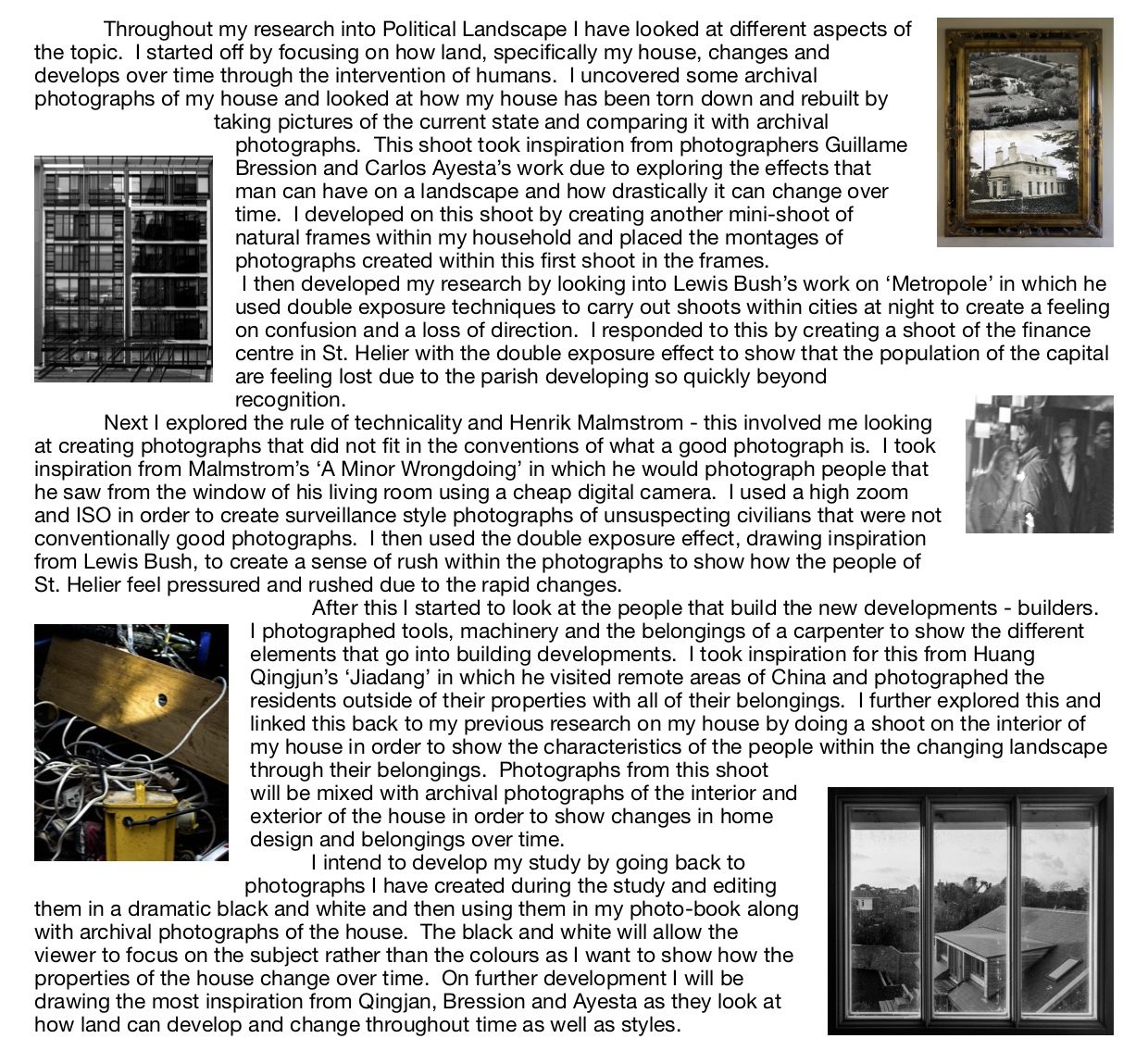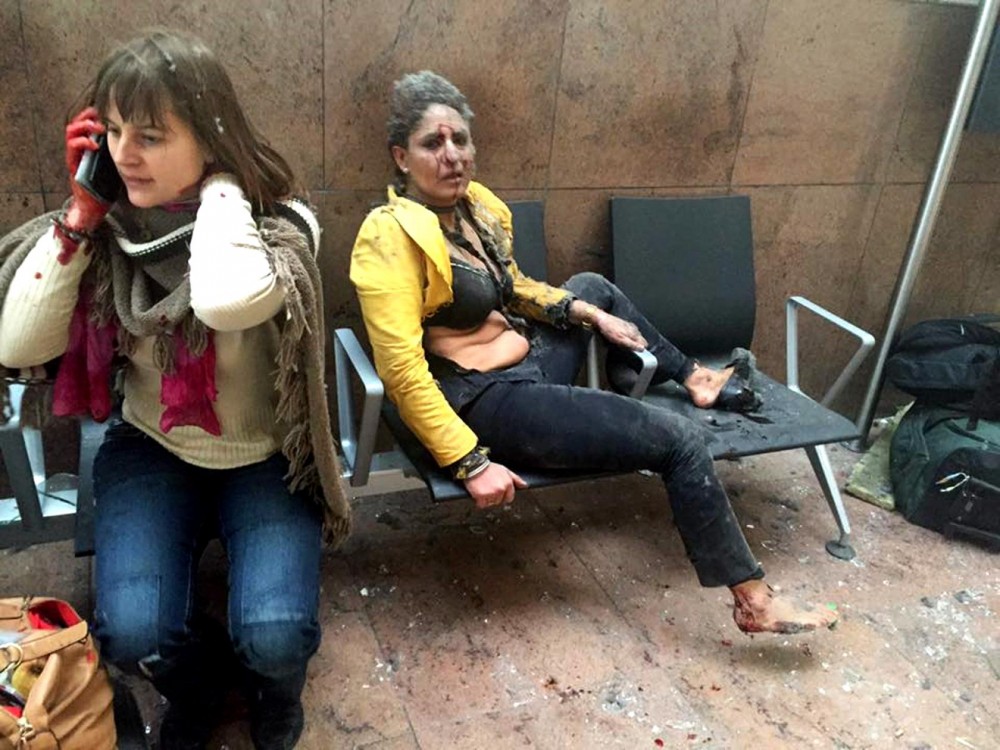
All posts by Conor H
Filters
Reviewing and Reflecting

Possible Hypothesis / Essay Question
Examples from previous projects to take inspiration from:
- How can Archives give ‘voice’ to the memories and traces of past human presence in a historic building?
- How memory can be represented in the medium of photography?
- How have Yury Toroptsov, Mariela Sancari and Julian Germain reflected upon the themes of memories and remembrance in the construction of their photobooks?
- Can personality and identity be expressed in a portrait?
- How can photography bear witness to the ways of life and events of the world?
Possible Essay Questions:
- How have Guillaume Bression and Carlos Ayesta reflected upon the themes of memories and remembrance through their works?
- How can archives allow us to see the effects of a human presence?
- Can a person’s characteristics be shown through their belongings and the placement of those belongings?
- How does Huang Qingjun show the different ways of life and trends of generations through his work?
- In what way do Bression and Ayesta and Qingjun show change over time?
Academic Sources
Examples of possible information sources for research on Huang Qingjun:
- Huang Qingjun website
- Ignant article
- BBC News article
- NY Times Article – includes interview
- Film’s Not Dead interview
Examples of possible information sources for research on Gualliame Bression and Carlos Ayesta:
Personal Belongings Shoot


Huang Qingjun Study

Photography and Truth – My Response

Photography and Truth – Analysis of Brussels Attack Journalism

In this photograph artificial lighting from the airport in which the Brussels terror attack occurred is being used to produce a photograph that shows journalism and what is happening as it is happening. The use of this light creates a setting that is realistic and uses a documentary style rather than a tableux style of photography as this photograph captures the truth rather than being set up. A shallow/deep depth of field appears to have been used as the lady sat in the foreground is more in focus than the injured lady behind her – this could also be because the shutter speed is not quick enough to sharply capture the movement of the injured woman. An ISO of 400-800 will have been used in this photograph as it is bright but has a small amount of noise in the photograph. The colours within the photograph are quite warm – the walls and the floor are a dark colour which contrast with the bright yellow jacket of the injured woman.
The colours in this photograph are reflective of the colours seen in real life as this photograph documents the truth. There is a variety in colours on the clothes of the subjects – there are bright yellows and dark blues creating contrast within the photograph. The typical browns and grey of an airport remind the viewer that this is real life. There is a fairly wide tonal range in this photograph through the shadows and different types of clothing on the subjects, the range of tones creates contrast and drama. The texture of the dirt and dust can be seen throughout the photograph which again reminds the viewer that this is real and the photograph was taken as soon as it happened. There is a slight 3D effect to the photograph due to the woman sat further ahead of the injured woman – this 3D effect is added to by the sense of rushing and anxiousness in the photograph created by the blur.
This photograph was shot by Ketevan Kardava, who is a special correspondent for the Georgian Public Broadcaster network. Kardava was on her way to Geneva to report on talks between Russia and Georgia, when the terror attack on Brussels airport occured. Kardava told TIME “Everything was dust and smoke. Around me there were dozens of people without legs, lying in blood.” Within the next minute, the second explosion occured and Kardava said “I wanted to run to a safe place too, but I also wanted to take pictures. As a journalist, it was my duty to take these photos and show the world what was going on. I knew I was the only one at this spot.” This photograph was the first phoograph that she took – showing that the people were in a state of shock and fear.
This photograph shows the truth as opposed to some journalism in which subjects are hidden from the camera or cropped out in order to create a different perspective or in order to hide the truth. Kardava took the opportunity to show the world what was really going on in the attacks – some may say that this was insensitive to the victim and their family and that it was selfish of Kardava to do this but truthful and authentic photojournalism is impactful and essential for the people in the world to understand what we are going through as a community.
Political Landscape – Shoot 5

My Response to My Manifesto

